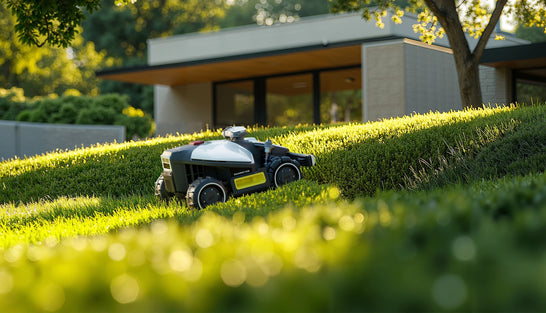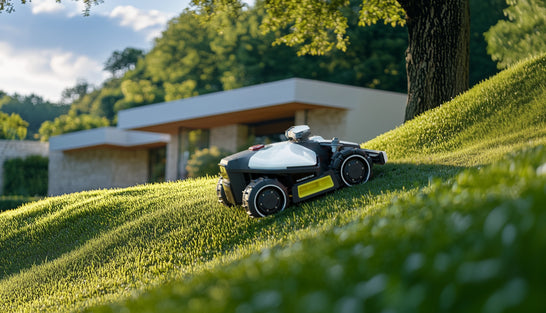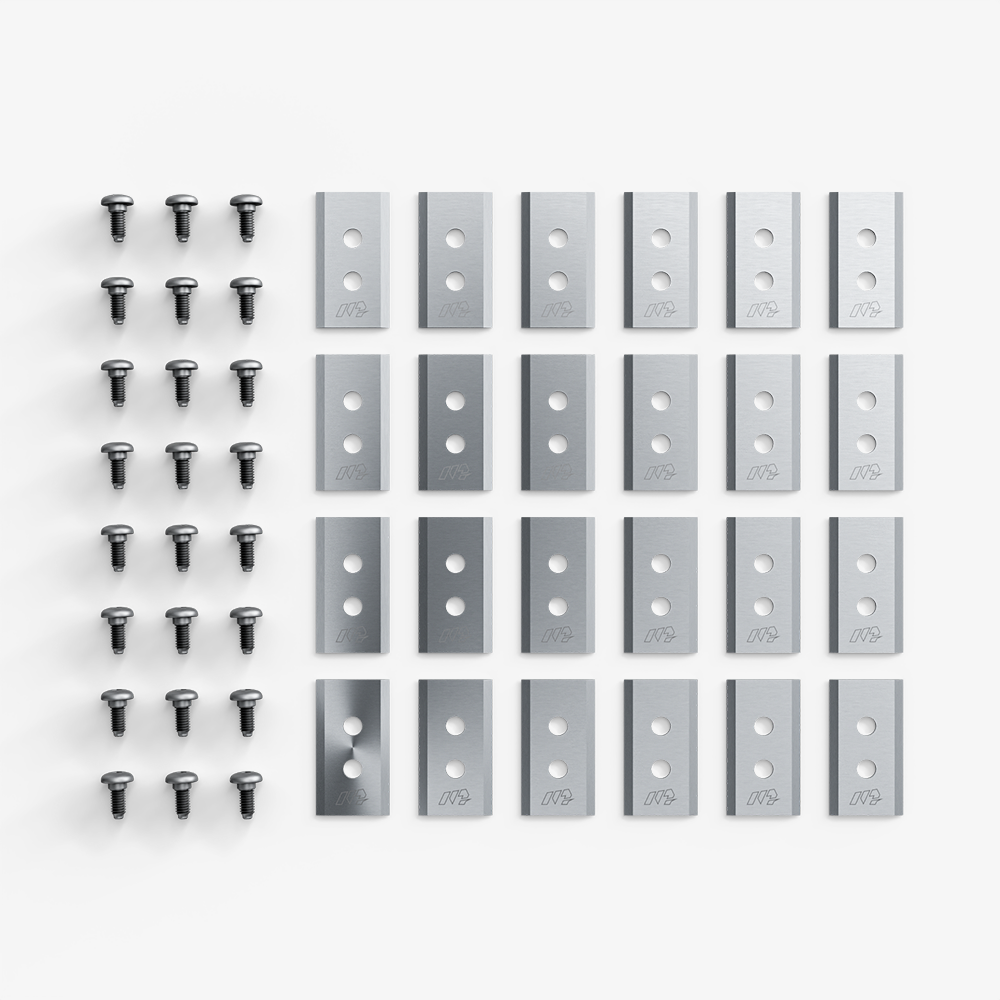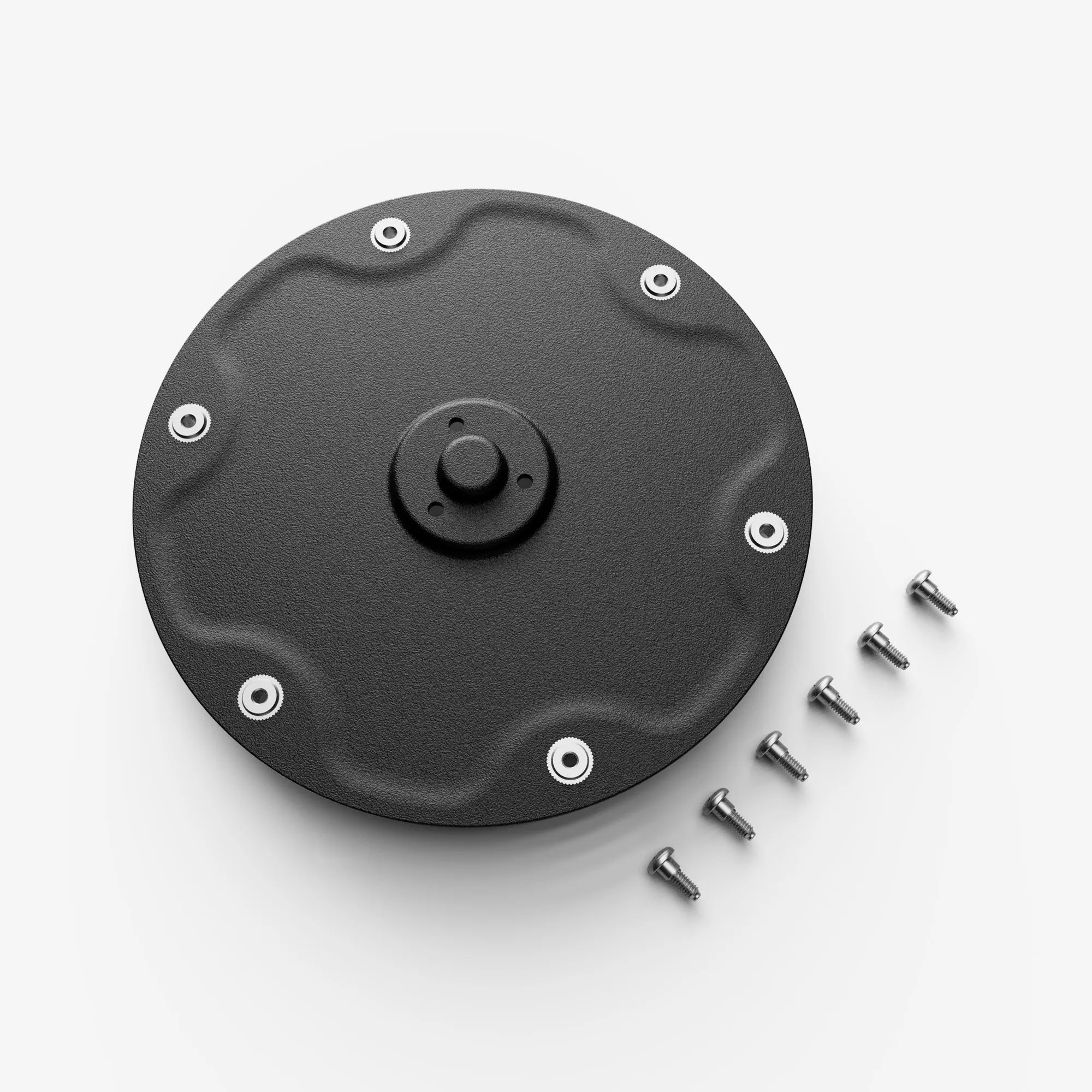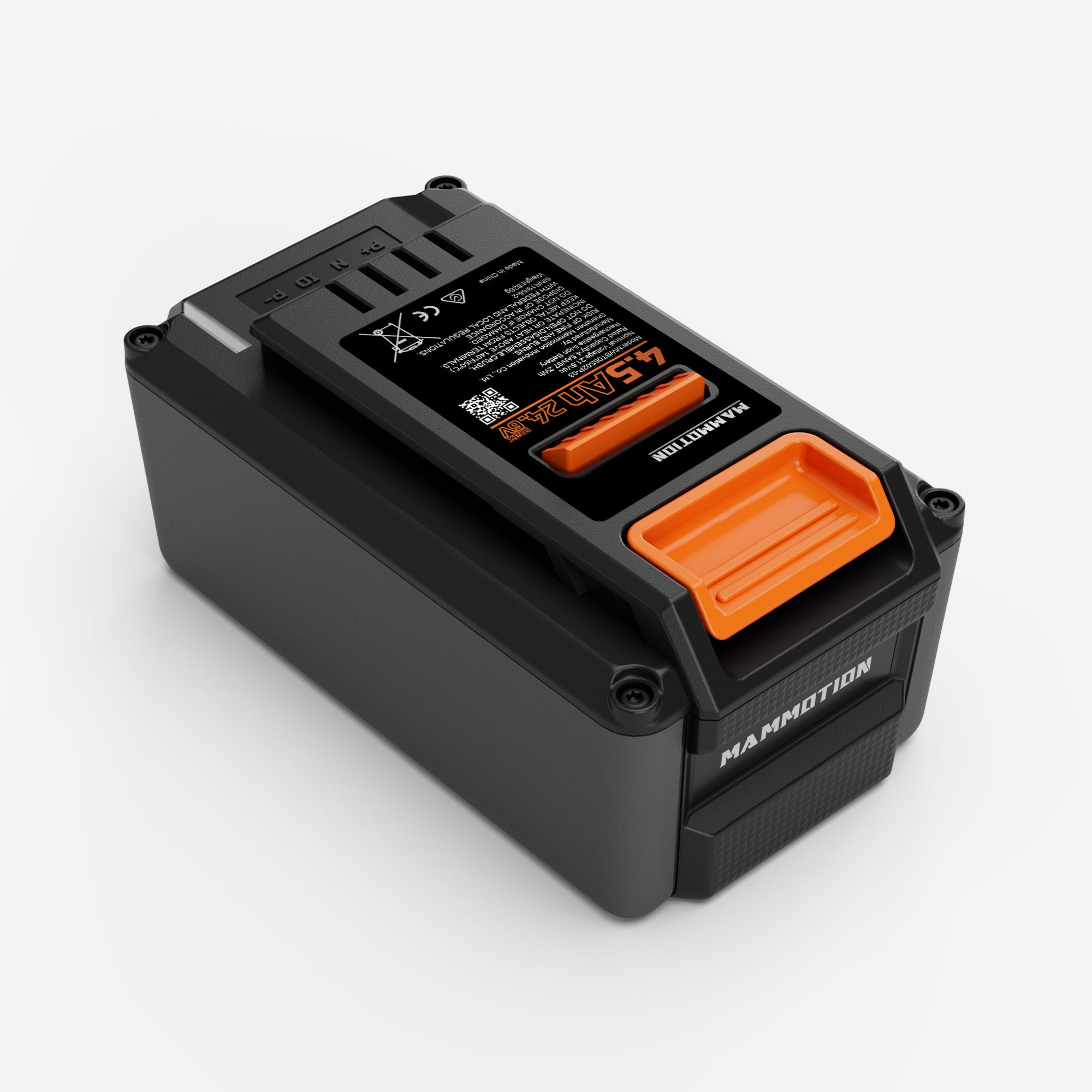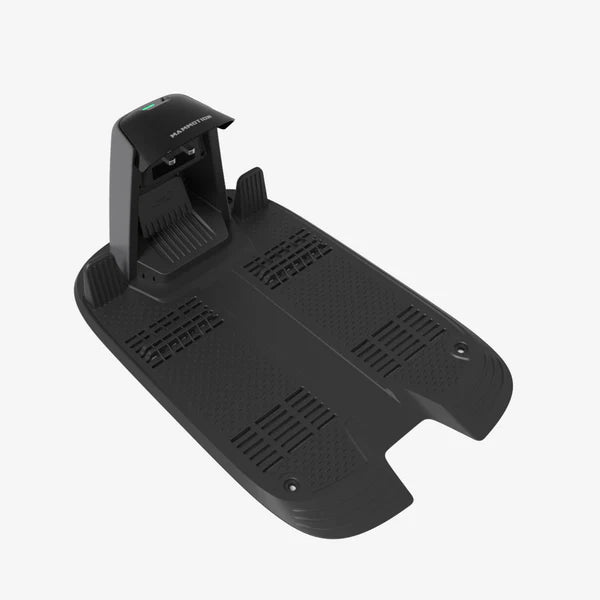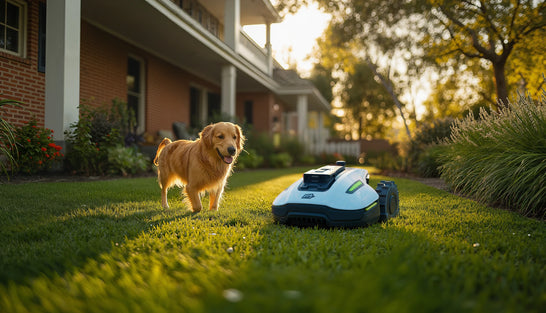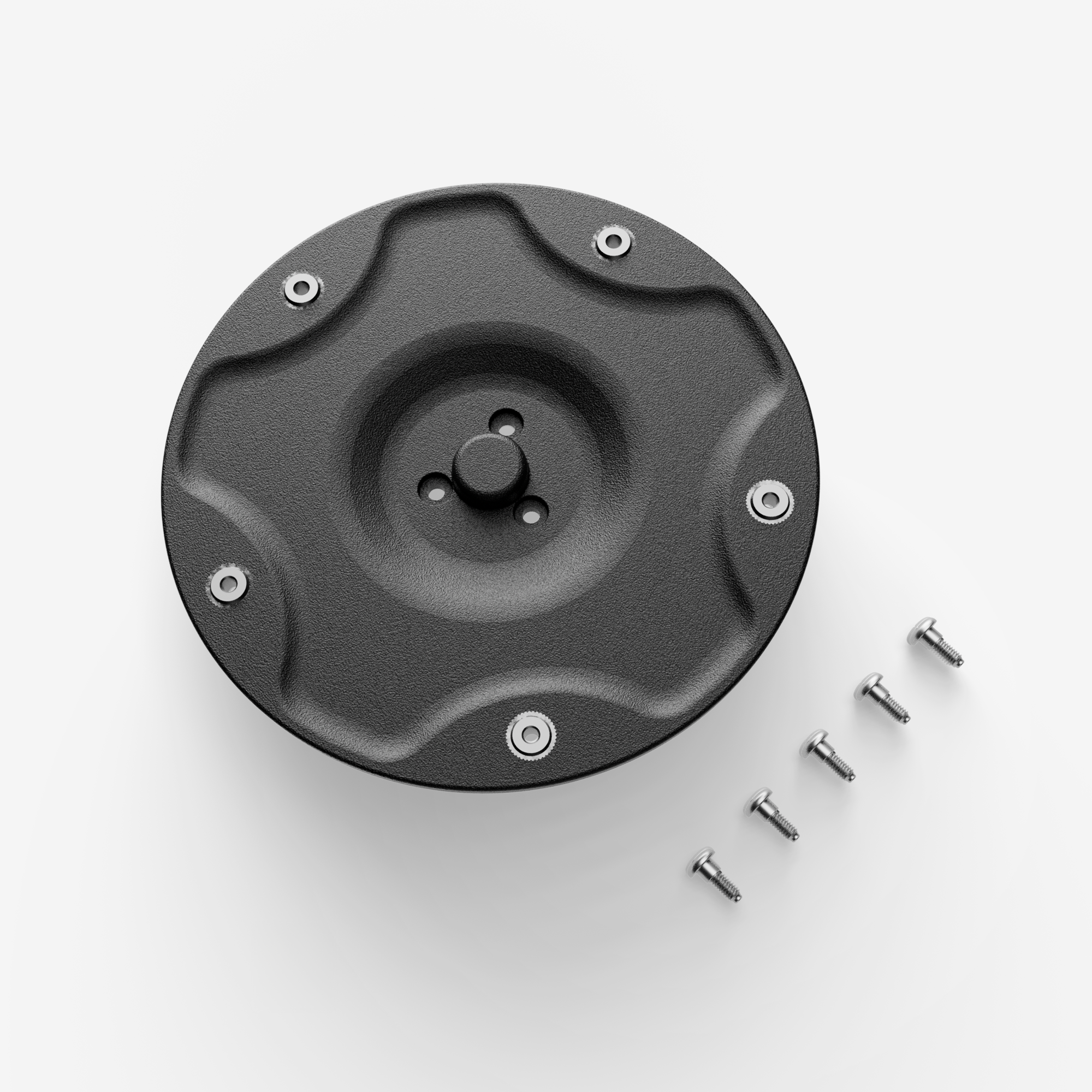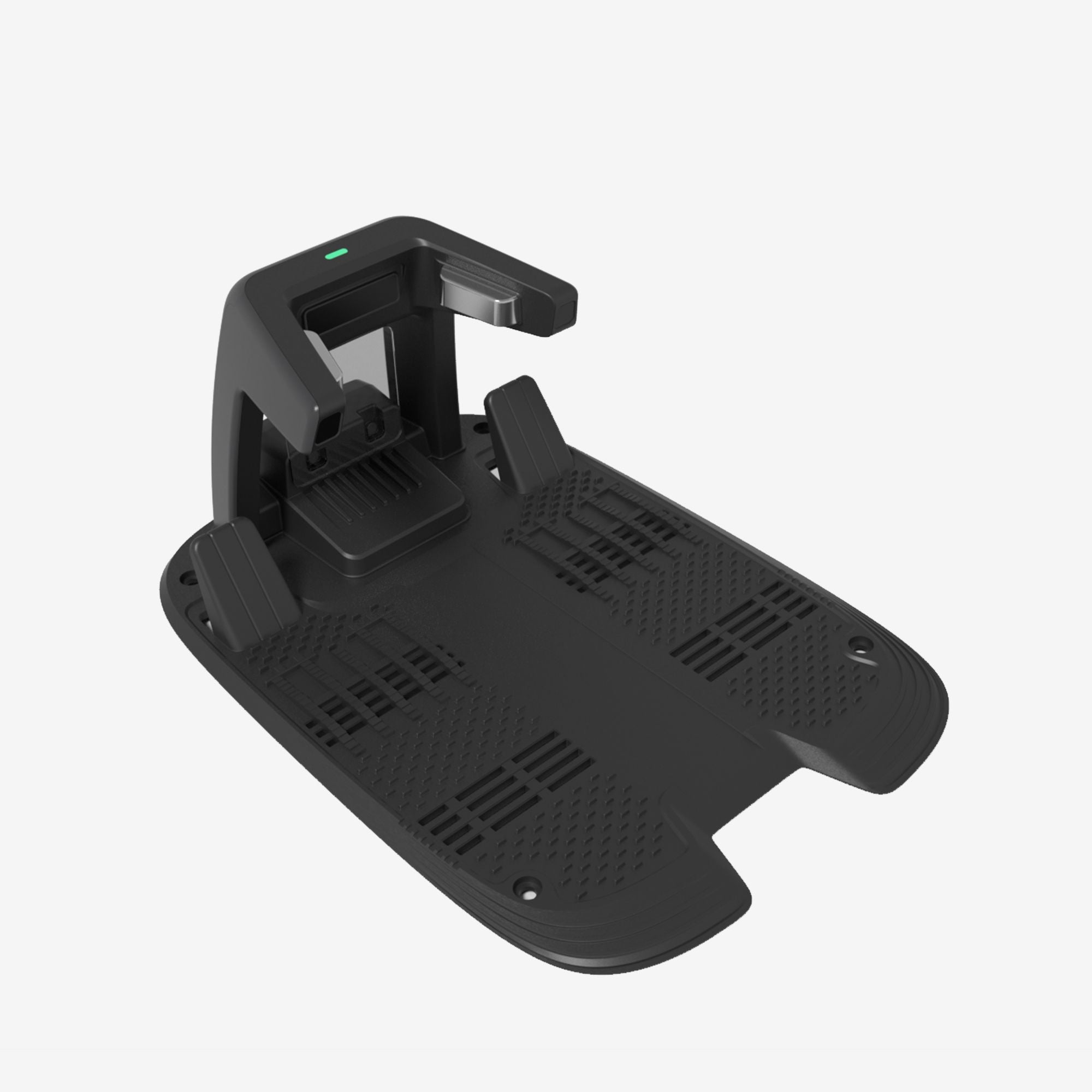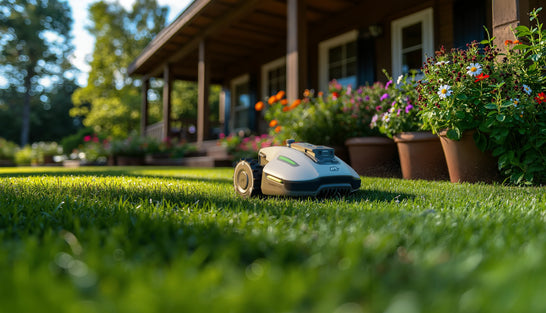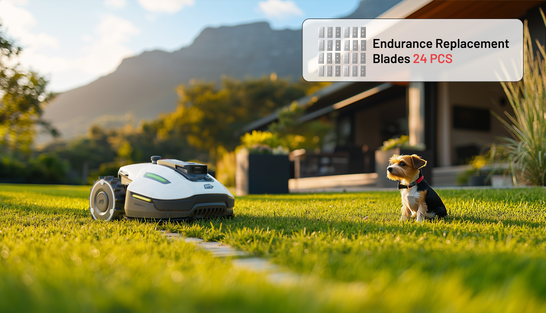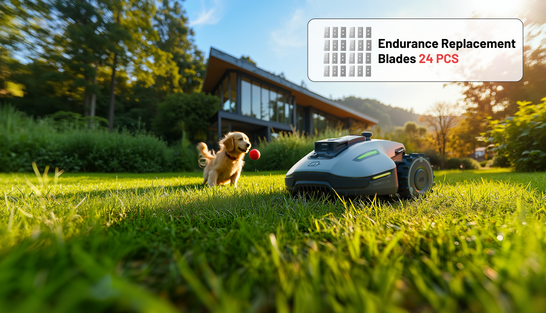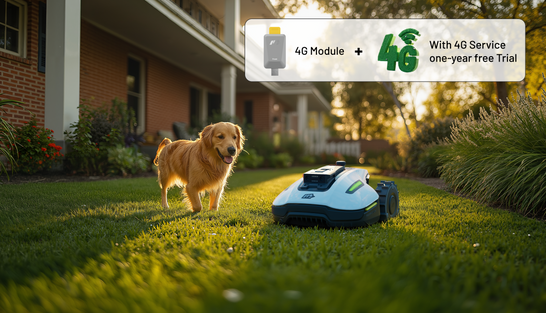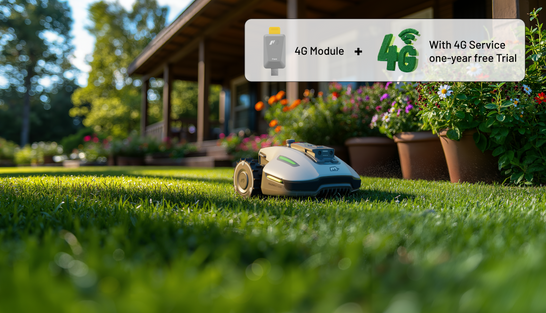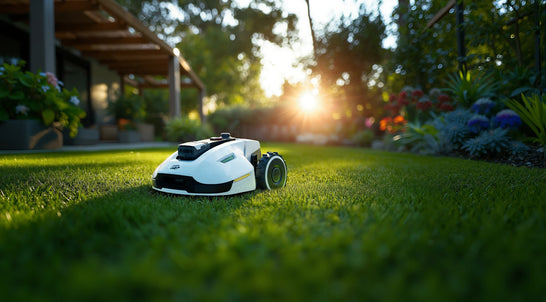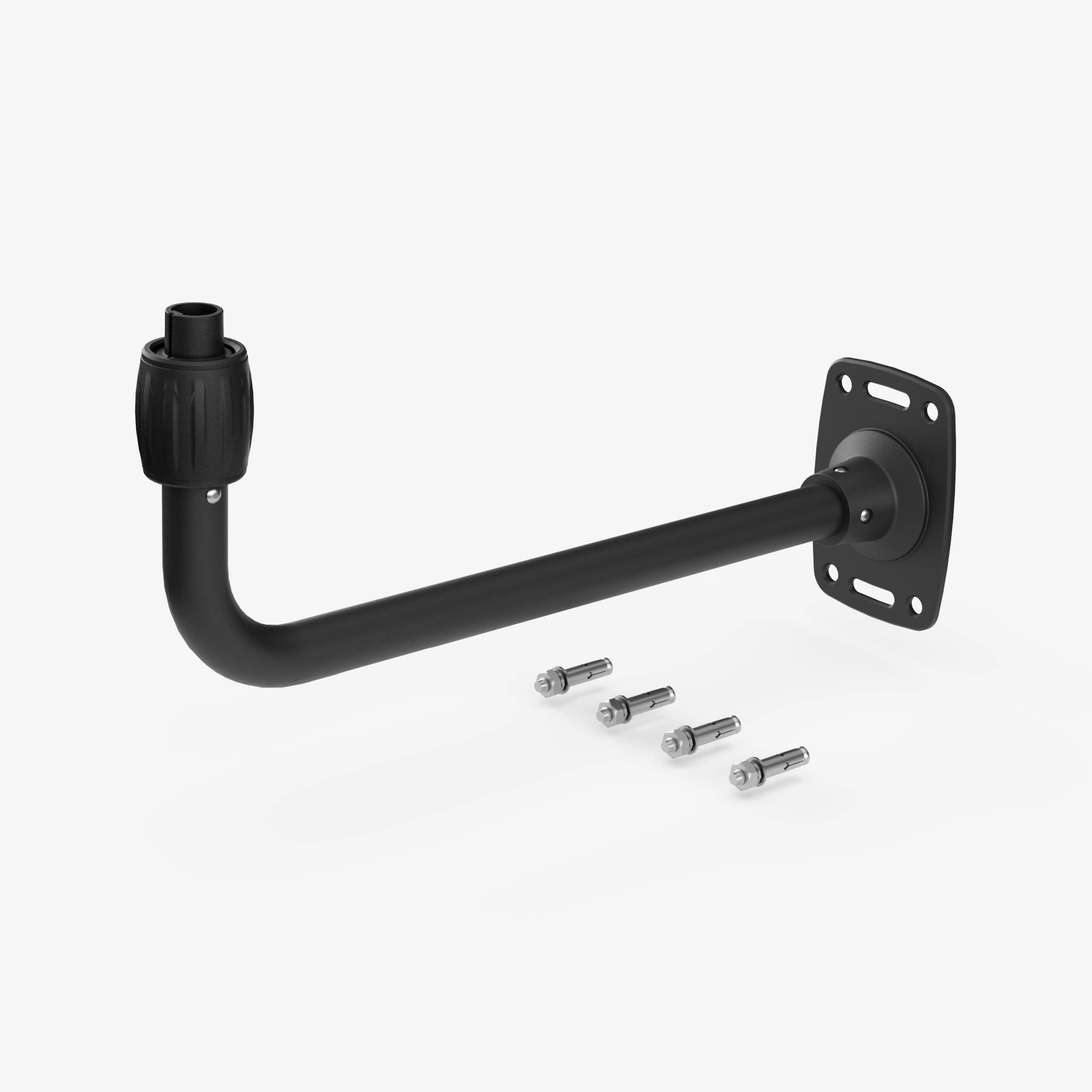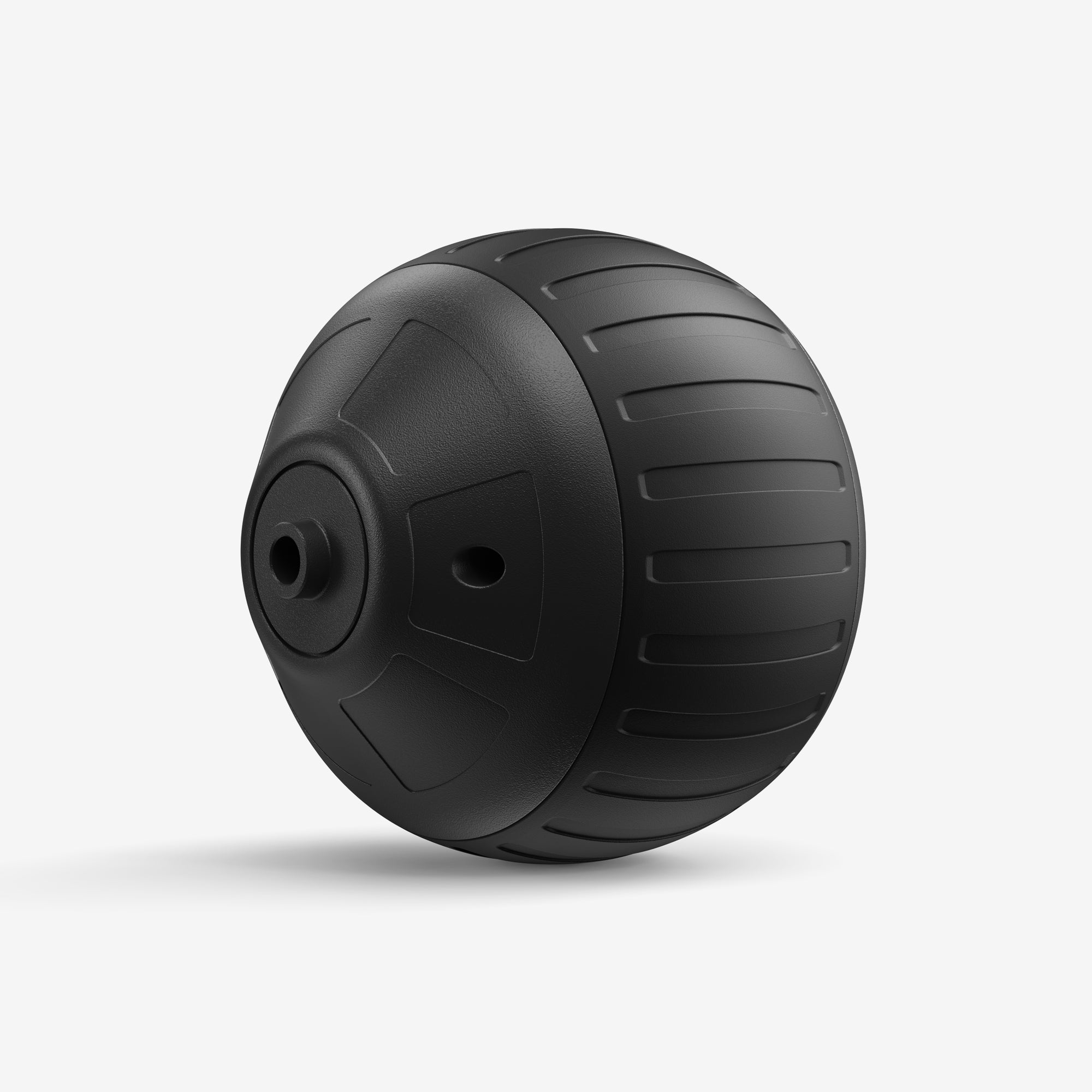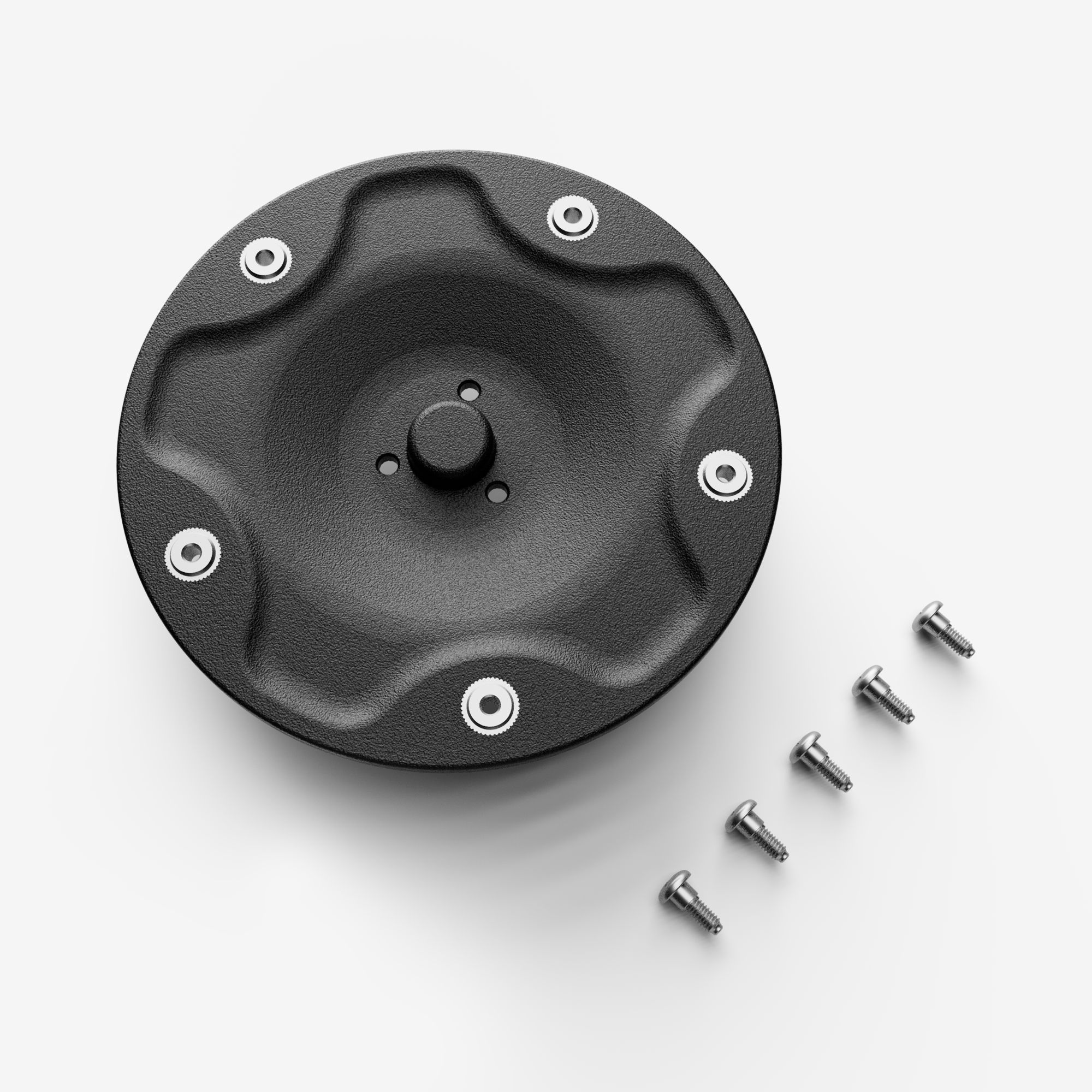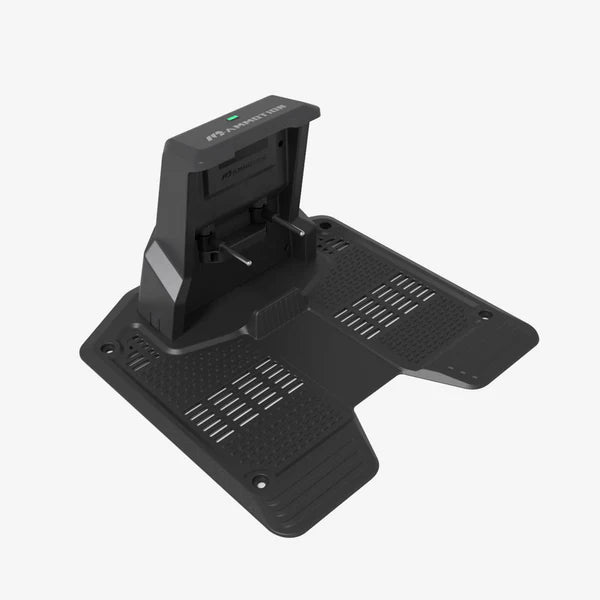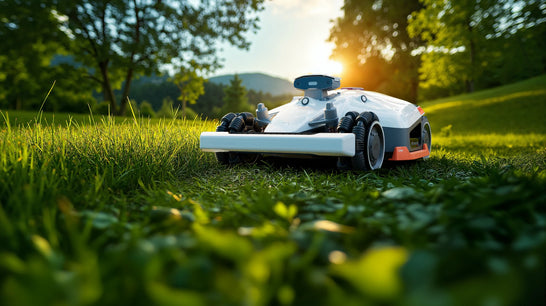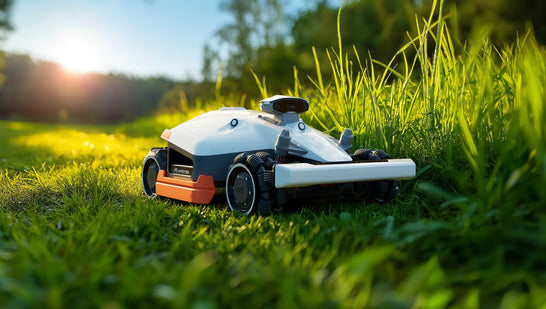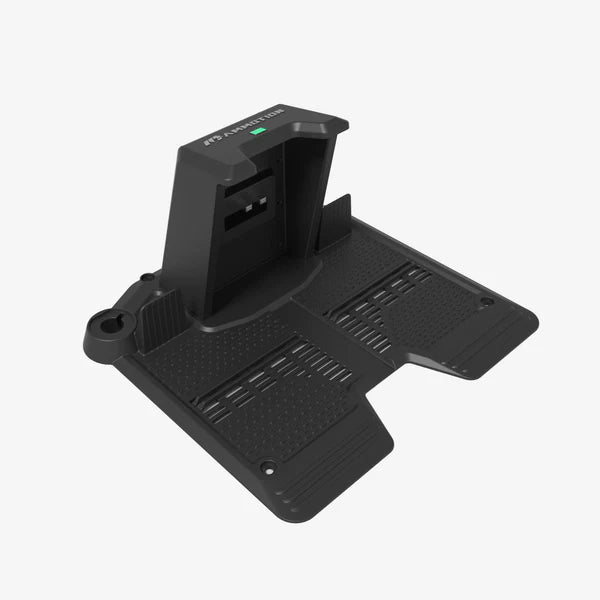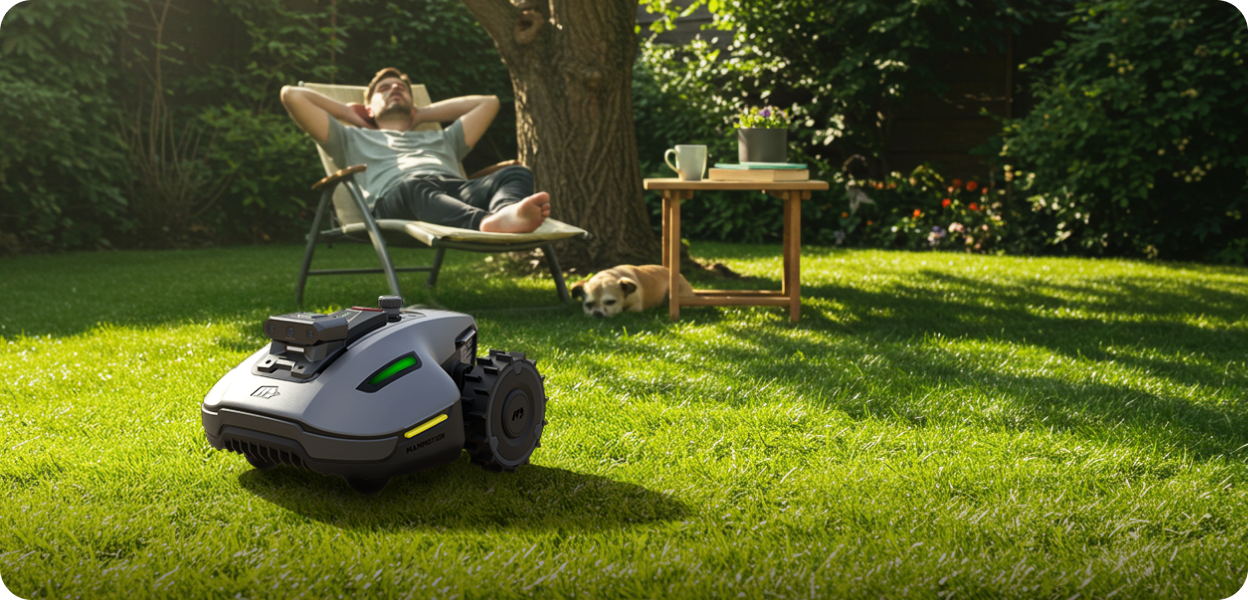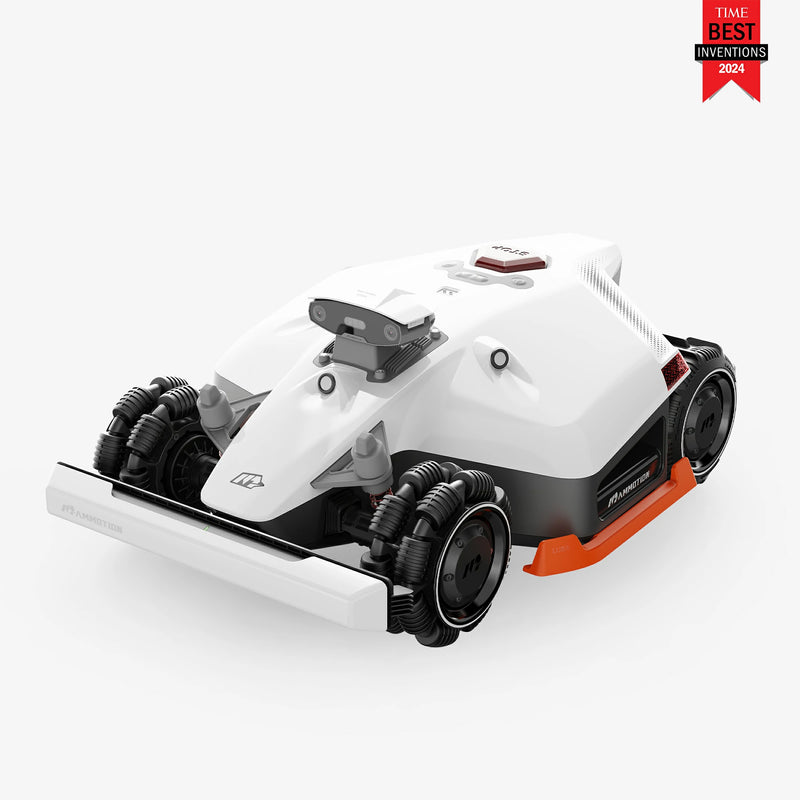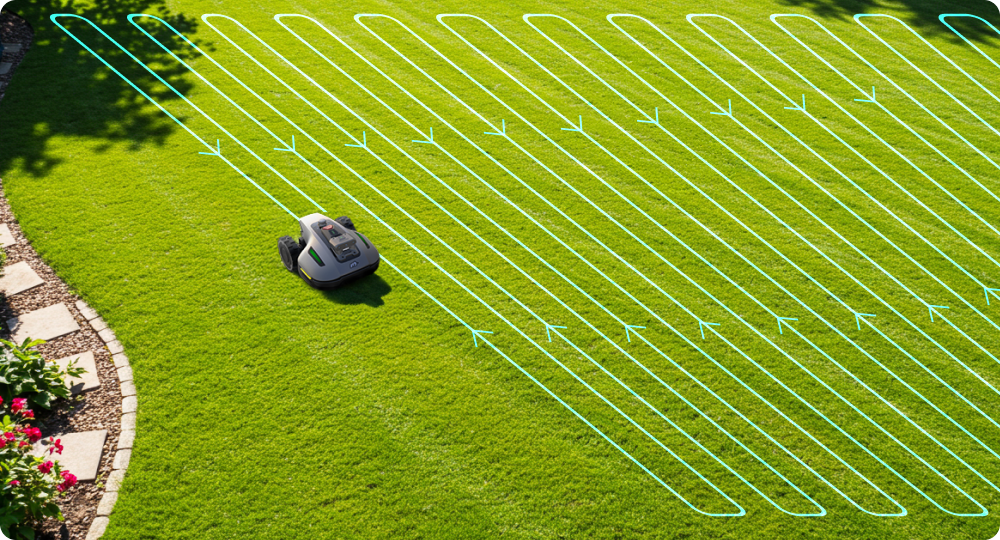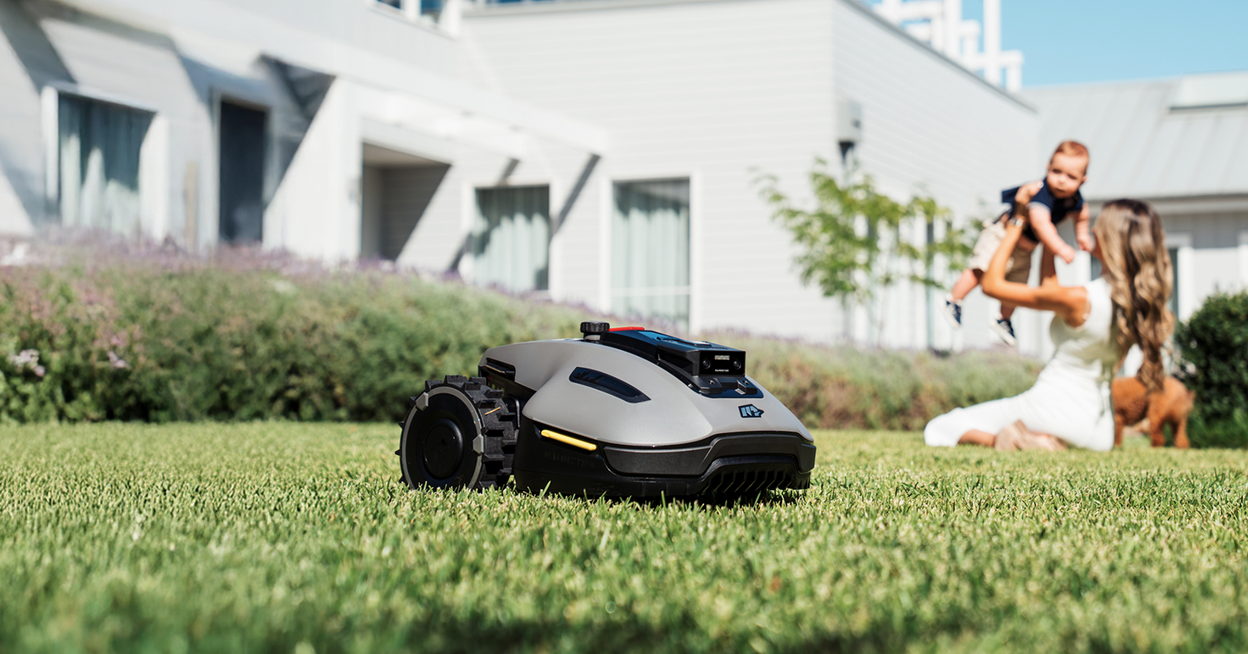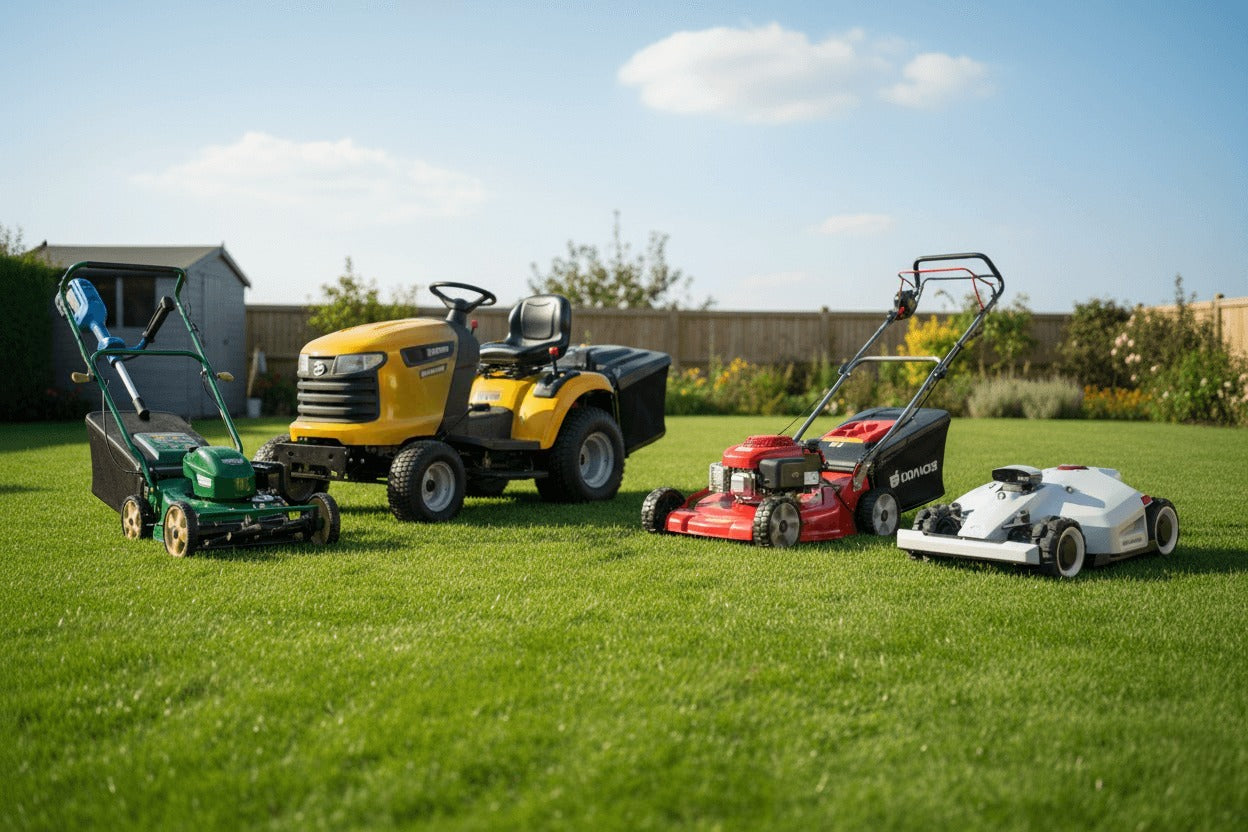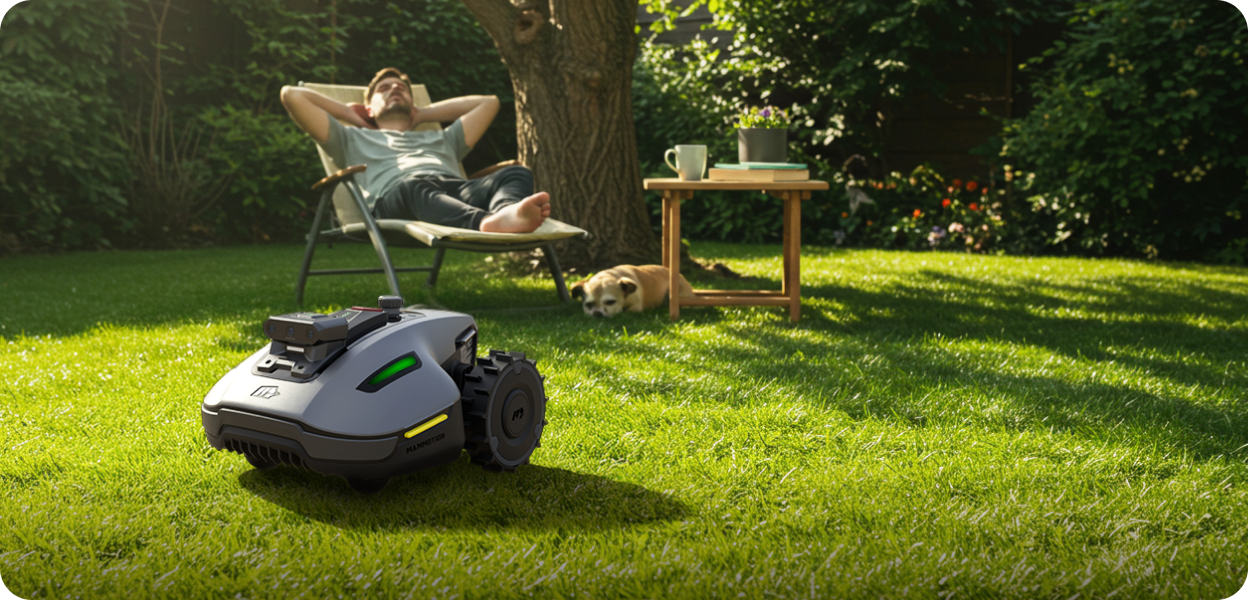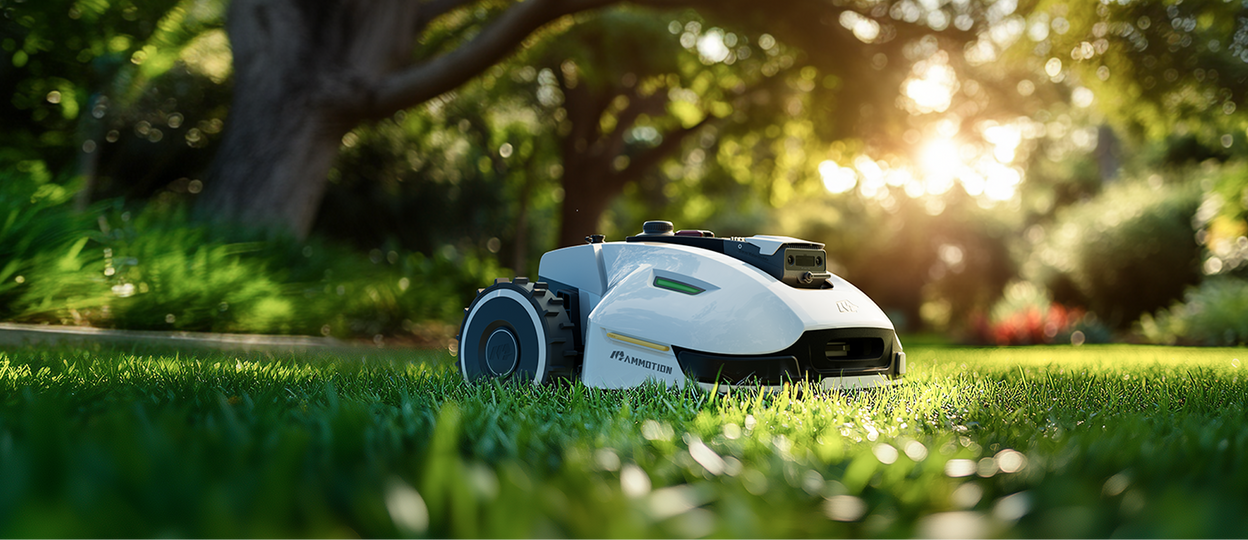Keeping your lawn looking sharp no longer means pushing a heavy mower in the summer heat. Robotic lawn mowers—essentially “Roombas for your grass”—are becoming more popular in the U.S. every year, with models ranging from entry-level machines under $1,000 to premium GPS-driven systems that can handle acres of turf. But while the technology is exciting, the price tags can feel intimidating. That’s why the timing of your purchase matters just as much as the model you choose.
So, when is the best time to buy a robotic mower in the U.S.? In short: you’ll usually find the deepest discounts during Amazon Prime Day (July), Black Friday and Cyber Monday (late November), major holiday weekends (Memorial Day, Labor Day), and end-of-season dealer clearances in late summer through fall.
Buying during these windows can save you hundreds—sometimes even over a thousand dollars—without forcing you to compromise on features. In this guide, I’ll break down why timing matters, how the robotic mower market works, and the seasonal buying calendar you can use to maximize value.
Why Timing Matters for Robotic Mower Buyers
Unlike traditional push mowers, robotic lawn mowers sit at the intersection of outdoor power equipment and consumer tech. That means their market behaves differently: new models arrive each spring, features improve rapidly, and older units are discounted to make room.
The U.S. robotic mower market is expanding quickly, driven by homeowners who want convenience and smart-home compatibility. Analysts project the category to grow at a double-digit annual rate through the next several years, which means more competition, faster feature upgrades, and ultimately more opportunities for savvy buyers to save when models transition.
Take 2025 as an example: Mammotion introduced its new LUBA mini AWD series, while Segway launched the updated Navimow X3 lineup. These spring rollouts not only gave buyers cutting-edge features like enhanced GPS navigation, but also triggered discounts on previous-generation models still sitting on dealer shelves.
In other words, timing your purchase isn’t just about catching a holiday sale—it’s about understanding the market’s rhythm. New product launches create natural price drops, retailers run promotions around key shopping events, and demand tapers off at the end of mowing season, when dealers are motivated to clear inventory. Knowing these cycles can help you buy the right mower at the right price.
Price Bands Explained: What Your Budget Buys You
Robotic lawn mowers in the U.S. span a wide range of prices, and knowing what each tier typically offers will help you set realistic expectations before you even start shopping.
Entry-Level: $600 – $1,000
- Best suited for small suburban lawns (usually under ¼ acre).
- Typically rely on boundary wires to define mowing zones.
- Offer basic scheduling via smartphone apps, but limited mapping or navigation features.
- Examples: Compact consumer models from brands like Worx and Eufy.
- Ideal for first-time buyers who want to test robotic mowing without breaking the bank.
Midrange: $1,000 – $2,500
- Handles medium to large yards (up to ½–1 acre depending on terrain).
- Smarter navigation: some models use GPS-assisted mapping or AI-based obstacle detection.
- Improved battery life, cutting efficiency, and app integrations (weather adjustments, voice control).
- More durable build quality and stronger dealer support.
- Examples: Popular midrange Husqvarna and Mammotion models reviewed in 2025 testing.
High-End: $2,500 and up
- Designed for large or complex properties (1 acre+), steep slopes, or commercial use.
- Often wire-free thanks to RTK GPS or proprietary positioning systems (like Husqvarna EPOS or Segway’s Navimow X3).
- Offer advanced connectivity, multi-zone support, and in some cases, theft protection features.
- Examples: Husqvarna Automower iQ series, Segway Navimow X3.
Bottom line: Budget defines capability. Entry-level machines can be perfect for straightforward lawns, but if you have a larger or complex property, expect to move into the midrange or high-end tiers. The key to saving money is pairing the right tier with the right buying window.
The Seasonal Buying Calendar: When to Buy a Robotic Mower in the USA
If you want the best deal on a robotic mower, think like a retailer. Prices swing with demand, new product launches, and nationwide sales events. Here’s how the U.S. buying calendar typically plays out:
January–February: Off-Season Bargains (but Limited Stock)
- Lawn care demand is at its lowest. Some retailers and local dealers discount leftover models from the prior year.
- Selection is often thin, so you might have to compromise on features or brands.
- Tip: This is the best time to look for refurbished or floor models if you don’t mind last year’s tech.
March–May: New Model Launches
- Manufacturers like Mammotion and Segway release their new lineups in spring.
- If you want the latest technology, this is when you’ll find it—but discounts are rare at launch.
- Smart strategy: wait a few weeks after launch, when dealers start marking down older inventory to make room.
Memorial Day Weekend (Late May)
- Traditionally the kickoff of “lawn season” sales.
- Big-box stores like Lowe’s and Home Depot often bundle discounts on outdoor equipment, including robotic mowers.
- Good window for midrange buyers who want decent savings without waiting until fall.
June–July: Amazon Prime Day
- Prime Day has become one of the most reliable times to score robotic mower deals online.
- In 2025, multiple brands saw sharp price drops during the two-day event.
- Especially strong for budget and midrange models, since Amazon carries a broad selection.
Late Summer – Early Fall (August–October): End-of-Season Clearance
- Arguably the best window for bargain hunters.
- Demand falls as the mowing season winds down, and dealers are motivated to clear stock.
- Deep discounts on prior-year models are common, making this the sweet spot for value-focused buyers.
November: Black Friday & Cyber Monday
- National sales events where nearly all major retailers (online and brick-and-mortar) push heavy discounts.
- Excellent timing if you want a mower ready to go next spring, without paying full price.
December: Holiday Sales
- Some lingering discounts remain, but inventory may be picked over.
- Worth checking if you missed Black Friday—just don’t expect the widest choice.
Quick takeaway:
- Best savings: Late summer/fall clearance & Black Friday.
- Best balance of tech + value: Post–spring launch discounts and Memorial Day promotions.
- Best online deals: Amazon Prime Day in July.
How New Model Rotic Mowers Launches Affect Pricing
Robotic mower manufacturers typically announce fresh lineups in the spring, aligning with the start of mowing season. These launches bring new navigation systems, smarter app integrations, and in some cases, completely wire-free installation.
While early adopters pay full price, these launches create a ripple effect: dealers suddenly need to clear prior-generation inventory, often slashing prices within weeks. For budget-conscious buyers, that’s the perfect time to scoop up a high-performing model at a midrange price. In short, keeping an eye on spring announcements can help you predict when older models are about to drop in cost—without sacrificing reliability.
Where to Buy Robot Mower: Retailers, Dealers, and Used Options
Finding the right mower at the right time is only half the equation—you also need to buy from the right channel. Each option comes with its own advantages.
Big-Box Retailers (Home Depot, Lowe’s, Amazon):
These outlets dominate robotic mower sales in the U.S. They’re reliable for mainstream models, frequently run promotions during holiday weekends, and often offer financing. Amazon, in particular, shines during Prime Day and Black Friday, when robotic mower discounts are steep.
Authorized Dealers & Manufacturer Direct:
Buying through a certified dealer or directly from the manufacturer can cost a bit more upfront, but the trade-off is better after-sales support. Dealers often include or discount installation services—a valuable perk if your yard is large or complex.
Used and Refurbished Markets:
Platforms like eBay, Facebook Marketplace, and specialized resellers sometimes list gently used or factory-refurbished units. These can be significantly cheaper, but buyers should inspect battery health, check blade wear, and confirm whether any warranty remains.
Bottom line: Choose big-box retailers for savings, dealers for service and installation, and used markets for the deepest cuts—but with extra diligence.
True Cost of Robotic Lawn Mower: Beyond Sticker Price
A robotic mower’s purchase price is only part of the investment. Savvy buyers look at total cost of ownership before pulling the trigger.
- Installation: Many entry-level models require boundary wire setup. DIY kits are available, but for complex yards, professional installation—offered by brands like Husqvarna—can add several hundred to over a thousand dollars.
- Battery Replacement: Lithium-ion batteries typically last 2–4 years, depending on usage and climate. Replacement packs cost between $100 and $300, and warranties often cover only 1–3 years.
- Maintenance: Expect recurring costs for replacement blades (about $20–$50 per set) and occasional software or connectivity subscriptions on premium models.
Takeaway: A discount isn’t truly a bargain unless you factor in these long-term expenses. Budget-conscious buyers should plan ahead for batteries and installation, since they often determine the mower’s real lifetime cost.
7-Point Checklist for Robot Mower Budget-Conscious Buyers
- Match mower capacity to your lawn size. Avoid overpaying for acreage you don’t have.
- Pick your price band early. Decide whether you need entry, midrange, or premium features before shopping.
- Time your purchase. Aim for Prime Day, late-summer clearance, or Black Friday for the steepest savings.
- Buy from the manufacturer directly. This ensures warranty protection and easier access to service.
- Factor installation costs. Professional setup can add hundreds—budget accordingly.
- Check battery terms. Look for at least a 2-year warranty, and know replacement cost up front.
- Consider refurbished models. Certified refurbished units or lightly used machines can save 30–40%, but always verify battery health.
By following these steps, you’ll avoid overspending while still getting a mower that fits your lawn, your lifestyle, and your budget.
Red Flags & When Not to Buy a Robot Mower
Even the best deals can backfire if you overlook warning signs. Here are key red flags to watch for:
- Unverified sellers: Avoid marketplaces or websites with unclear return policies, limited contact information, or suspiciously low prices.
- No local support: If the mower requires maintenance or warranty service, a lack of nearby service centers can turn small problems into costly headaches.
- Unclear warranty: Always confirm battery, motor, and electronics coverage. A discounted mower with no warranty may cost more over time than a full-price unit.
- Heavily worn batteries on used units: Batteries degrade over time. Inspect carefully or request a recent battery report when buying refurbished or used.
- DIY-installation-only models for complex yards: Large, sloped, or irregular lawns often require professional setup. Skipping this can compromise performance and void warranties.
Avoiding these pitfalls ensures your purchase is not just cheap, but genuinely a smart investment in your lawn care.
Conclusion: Best Time to Buy a Robotic Mower by Buyer Persona
Timing your robotic mower purchase depends on your priorities, lawn size, and budget. Here’s a quick guide:
- Budget-first buyers: Wait for late-summer to early-fall clearance or Black Friday/Cyber Monday deals. You’ll find deep discounts on reliable prior-generation models.
- Tech enthusiasts: If having the latest RTK-GPS navigation, app integrations, or wire-free operation matters, buy just after spring launches. Expect to pay full price, but you’ll get cutting-edge features.
- Midrange value seekers: Memorial Day weekend or Prime Day in July often offer the best balance between cost and technology, especially for mid-sized lawns.
- Last-minute buyers: November holiday sales are ideal for purchasing a model before the next mowing season begins.
By pairing the right time with the right model, you can maximize savings, avoid post-purchase headaches, and enjoy a perfectly maintained lawn with minimal effort. Remember: the smartest purchase isn’t always the cheapest—it’s the one that fits your yard, lifestyle, and long-term budget. Contact us for more details!
Frequently Asked Questions
1. When is the best time to buy a robotic lawn mower?
The optimal time to purchase a robotic lawn mower is during the late summer to early fall months, specifically from August through October. Retailers often offer significant discounts during this period to clear out seasonal inventory and make room for holiday merchandise.
2. Are there specific sales events that offer the robot mower's best deals?
Yes, certain sales events are known for offering substantial discounts on robotic lawn mowers:
- Amazon Prime Day (July): Offers exclusive deals on smart home and outdoor tech, including robotic mowers.
- Black Friday & Cyber Monday (November): Ideal for stocking up on robotic mowers, especially online-exclusive models.
- Memorial Day Weekend (Late May): Marks the kickoff of “lawn season” sales with significant discounts.
3. How do new robotic mower model launches affect pricing?
When manufacturers release new models in the spring, older models often see price reductions. This is an excellent opportunity for budget-conscious buyers to purchase high-performing models at a midrange price.
4. What are the typical price ranges for robotic lawn mowers?
Entry-Level ($600 – $1,000): Suitable for small lawns, offering basic features.
Midrange ($1,000 – $2,500): Ideal for medium to large lawns, featuring smarter navigation and improved battery life.
High-End ($2,500 and up): Designed for large or complex properties, offering advanced connectivity and multi-zone support.
5. What additional costs of a robotic mower should I consider?
Beyond the initial purchase price, consider the following:
- Installation: Professional setup can add several hundred to over a thousand dollars, especially for complex yards.
- Battery Replacement: Lithium-ion batteries typically last 2–4 years and can cost between $100 and $300 to replace.
- Maintenance: Expect recurring costs for replacement blades (about $20–$50 per set) and occasional software or connectivity subscriptions on premium models.
6. Is it better to buy from big-box retailers or authorized dealers?
Both options have their advantages:
- Big-Box Retailers (Home Depot, Lowe’s, Amazon): Offer competitive prices and frequent promotions.
- Authorized Dealers: Provide better after-sales support and may include or discount installation services.
Choose based on your preference for price versus service.
7. Can I find good deals on refurbished or used models?
Yes, platforms like eBay, Facebook Marketplace, and specialized resellers sometimes list gently used or factory-refurbished units. These can be significantly cheaper, but buyers should inspect battery health, check blade wear, and confirm whether any warranty remains.
8. What are the environmental benefits of using robotic mowers?
Robotic mowers are not only efficient but also environmentally friendly. They typically use electricity, reducing your carbon footprint compared to gas-powered alternatives. Additionally, their quiet operation minimizes noise pollution.
9. How do I determine if a robotic mower is suitable for my lawn?
Consider the following factors:
- Lawn Size: Ensure the mower's coverage area matches your lawn's size.
- Terrain: Check if the mower can handle slopes and obstacles present in your yard.
- Navigation Features: Advanced models offer GPS-assisted mapping and AI-based obstacle detection.
10. What are the latest innovations in robotic lawn mowers?
Recent advancements include:
- Mammotion LUBA mini AWD Lidar: Features all-wheel drive capable of handling slopes up to 80% and the Tri-Fusion system navigation.
- Sunseeker X3 Plus: A wire-free model with AI-powered mapping and support for slopes up to 30%.
- Segway Navimow X3 Series: Designed for large lawns up to 10,000 square meters, incorporating advanced navigation technologies.

